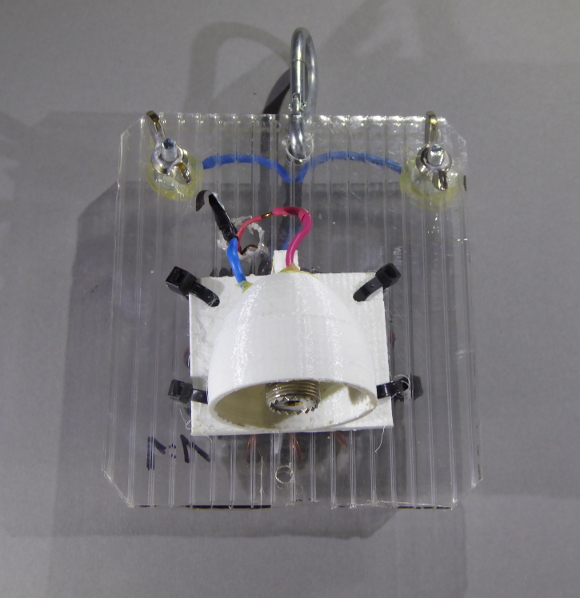If you’re a flexible amateur radio enthusiast, you want to work portable and outdoors every now and then. In case your antenna or QRM situation at home is difficult, you probably end up outdoors trying to get an antenna up as high as possible quickly.
This is my best-practice report on how I learnt to do this.
Wire Antenna
Why a wire antenna? It’s light-weight, it’s easy to create and modify, and it works well.
What quality wire? Well, the more you tinker, the more often you may need new wire. Myself, I tinker a lot so I don’t want to buy high quality stranded or whatsoever expensive wire material, rather I use simple isolated wire (0.8mm) from the local hardware store. Of course, that wire isn’t capable to carry a coax cable hanging down from the antenna, or even a current balun or impedance transformer.
Current Balun
Usually I put a current balun next to the feeding point to avoid that my coax feeder acts as antenna as well. Apart from that, virtually no antenna is ideally symmetric, and also my transceiver isn’t symmetric, so forcing current symmetry using a current balun is a good idea.
For creating the transformer, I adopted a pretty simple scheme using a “Stegplatte” which is material you use for building e.g. greenhouses or wintergardens. The material is light-weight, easy to cut and work with.
The current balun gets attached with tie-wraps, and to attach the antenna wire you see me using luster terminals (“Lüsterklemmen”).
When I started I also attached the SO239 plugs using tie-warps, and you can see an improved implementation right below.
Hot-melt glue finalizes the build-up.
Quick to go and easy to alter!


One day I got myself a 3D printer. That was a cheap purchase (Anet A8) and started a new way of creating quick solutions. One of these is a SO239 holder, which you see next to this text.
The SO239 connector is firmly attached with screws inside what looks like an egg-holder, turned upside-down.
Apart from being more elegant this solution provides good rain protection: open-air SO239 connectors allow water to run through them right into the plug of the coax cable, and I suspect that some of my failed cable in the first years were due to water running in from the “open-air” SO239 plug 🙁
You can find the design for download here:
SO239 HF plug holder (https://www.thingiverse.com/thing:4973713)